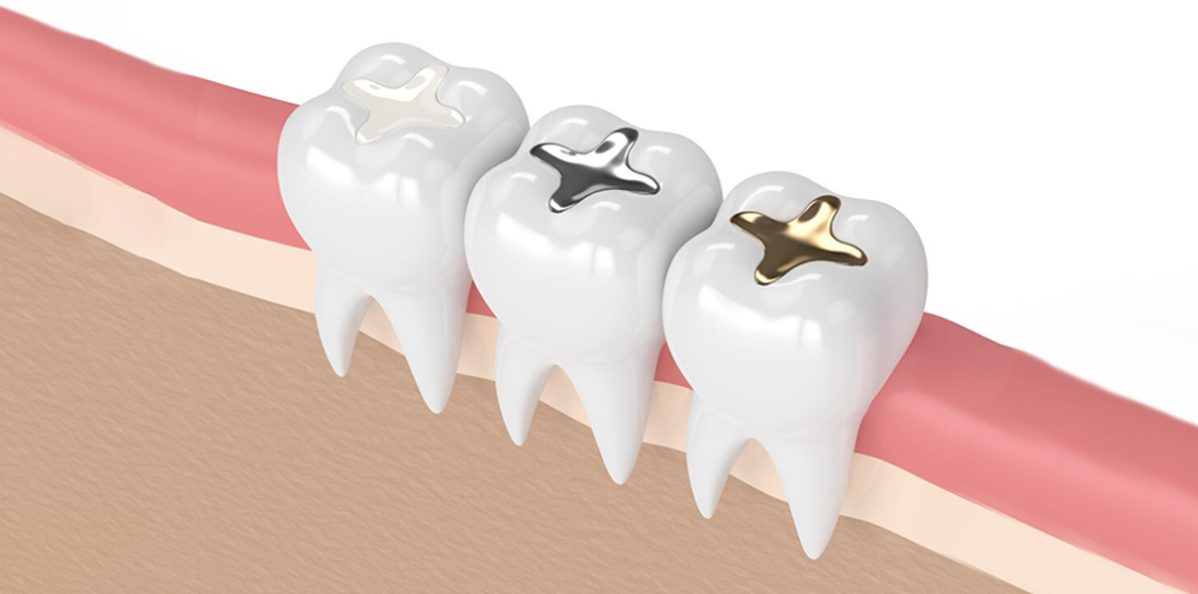Related Blogs
Vestibulum liberi rutrum a dui ac, porttitor blandit usce lectus mi, ultricies suscipit ligula

Got a cavity? You’re not alone—and the solution is easier than you think. If you’re looking for dental fillings, you’ll be glad to know they do more than fix teeth—they restore comfort, protect your smile, and keep problems from snowballing. At Infinity Dental, we make sure you know what to expect so your next visit feels simple, stress-free, and maybe even a little empowering.
Think of a filling as a small repair for your tooth. When decay eats away at a tooth, it leaves behind a hole—called a cavity. That hole weakens the tooth and can eventually cause pain or infection. A dental filling fixes that damage, so you can use your tooth normally again.
Here’s what dental fillings do:
Without a filling, a cavity continues to spread, which can lead to a root canal—or worse, losing the tooth altogether. Taking care of it early not only prevents pain and extra costs but also supports long-term oral health goals by keeping your natural smile healthy and intact.
You don’t always feel a cavity forming, which is why regular checkups are a big deal. But your body often sends warning signs when something’s off.
Look out for these:
If you’re dealing with any of these, it’s time to visit a dentist near you who specializes in cosmetic dentistry so that they can inspect the damage and advise you of a solution accordingly.
Fillings come in different types. Your local dentist will recommend one based on the size of the cavity, where it is in your mouth and your personal needs.
Let’s explore your options:
Composite Fillings (Tooth-Colored)
Amalgam Fillings (Silver)
Gold Fillings
Ceramic Fillings
No matter what material you choose, getting dental fillings can restore your tooth and help protect your oral health for years to come.
There’s no need to feel nervous. Getting a filling is one of the most common and straightforward treatments in dentistry.
Here’s a quick look at how it goes:
Numbing the Area: Your dentist will use a local anesthetic so you won’t feel pain during the procedure.
Removing the Decay: Using special tools, the dentist removes the decayed part of the tooth.
Cleaning the Tooth: The space is cleaned to prevent bacteria from staying inside.
Placing the Filling: The filling material is added, shaped, and hardened using a special light (for some types).
Adjusting Your Bite: The dentist takes a look to make sure your bite feels natural and makes small adjustments if needed.
It usually takes under an hour, and you’ll be on your way with your tooth back to full function.
Fillings don’t last forever, but with care, they can stick around for years. The material you choose, your eating habits, and how well you take care of your teeth all play a role.
Here’s a general idea:
If you grind your teeth or chew ice often, your filling may wear down sooner. That’s why it’s important to keep up with checkups at your dental office. Dentists can spot early signs of wear before problems show up.
Taking care of your filling is just like taking care of your natural teeth. A little attention every day goes a long way.
Do:
Don’t:
If your filling feels loose or you notice a crack, reach out to an emergency dentist near you right away. Early action can prevent the issue from getting worse.
Don’t wait for the pain to get worse. Protect your smile and take control of your dental health today. At Infinity Dental, we offer services like dental fillings in Murray, UT, and are ready to help you feel better quickly with expert care and a friendly touch. Call now to book your appointment and find out if a filling is the right step for you.